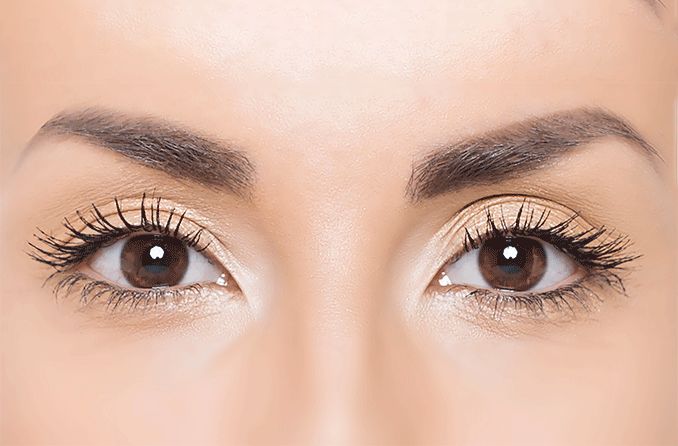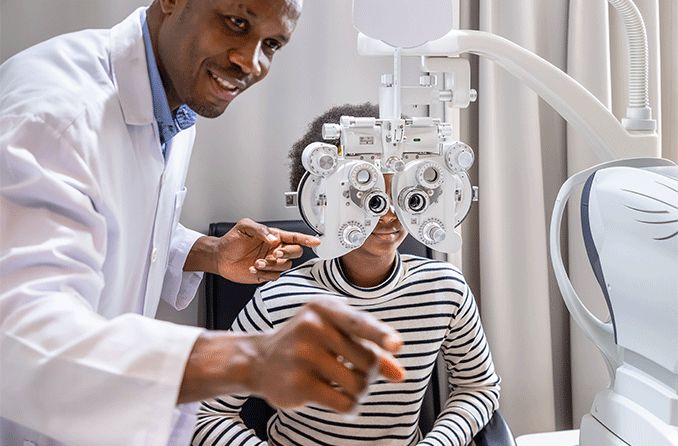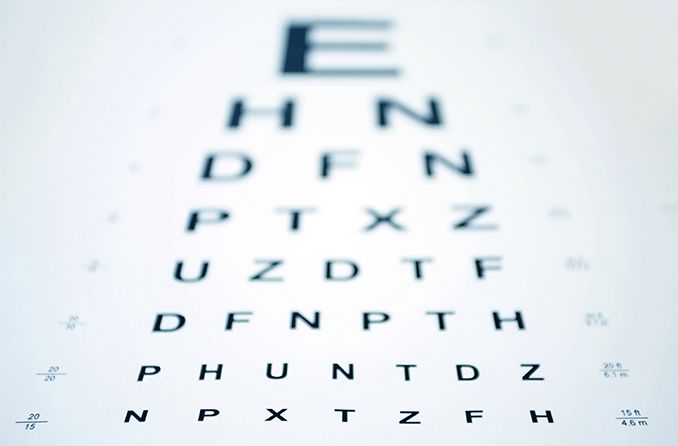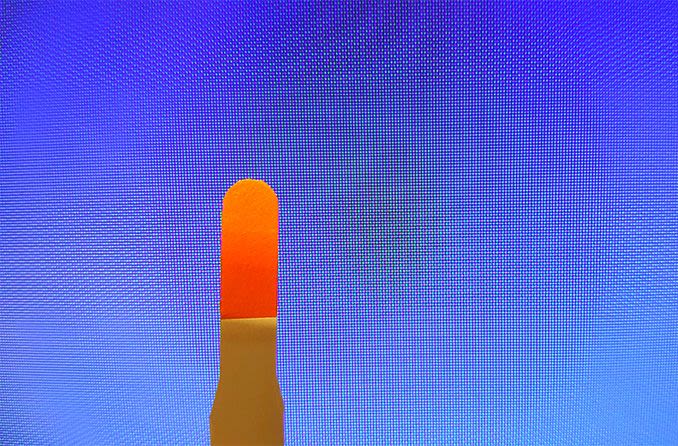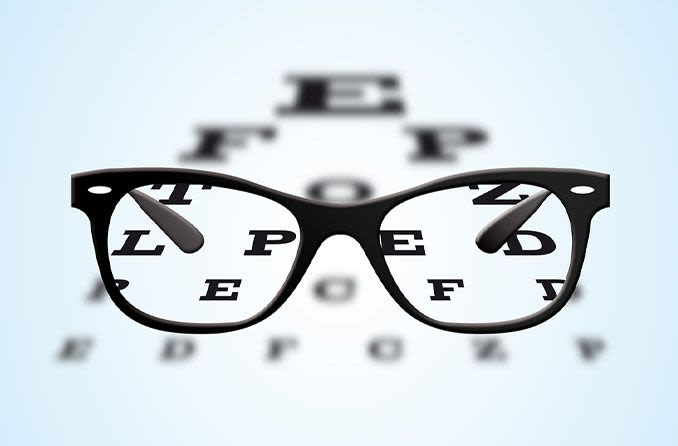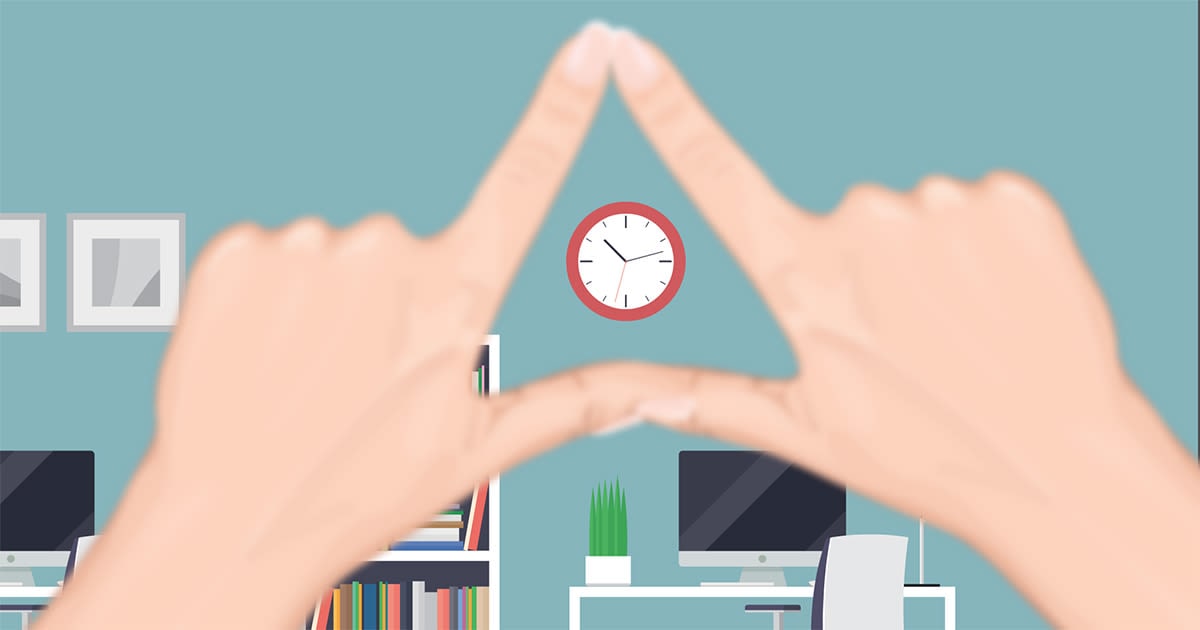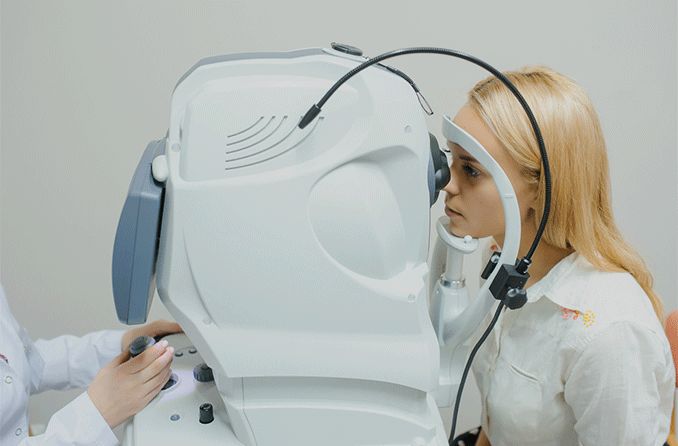The corneal light reflex refers to how light is reflected from the corneas of the eyes. In proper eye alignment (also called ocular alignment), a light reflection is equally centered on both pupils — if it is unequal, an eye misalignment disorder like strabismus or amblyopia (lazy eye) may be present.
An ophthalmologist tests the corneal light reflex through an exam called the Hirschberg test, in which a light is shined into the eyes and the location of its reflection is observed.
Eye misalignment is more often seen in children than adults. Due to this, the Hirschberg test is a routine part of childhood eye exams. It is also used to detect eye misalignment in adults.
Corneal light reflex testing
A corneal light reflex test, also known as the Hirschberg test, is a simple exam that checks for eye alignment by observing how light is reflected from the cornea of the eyes.
During the test, a patient centers their focus on a special light, and an eye doctor observes where the light is reflected. The corneal light reflex is normally centered on both pupils, but if it is not centered, an eye alignment disorder may be present.
For accurate results, it is important that the patient’s head is positioned straight and upright during the test (not tilted) and that both eyes are focused directly on the light.
While this process is helpful for identifying ocular alignment problems in children, it can also be used to detect underlying conditions in adults if their eyes appear to be misaligned.
Why is the corneal light reflex important?
If, during the Hirschberg test, the light reflex is not in the same position in each eye, it may be a sign of misalignment of the eyes. A person may compensate for this misalignment by tilting their head or squinting. While this is a temporary solution, it can contribute to worsening vision problems.
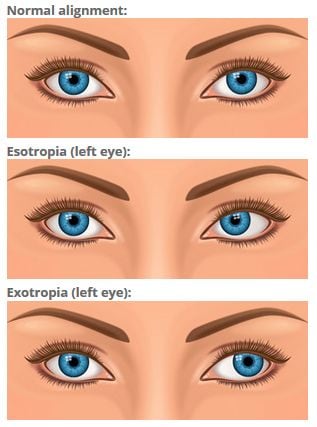
Corneal light reflex (Hirschberg) test: A screening test for strabismus that evaluates eye alignment based on the location of reflections of light shined at the eyes.
The earlier eye misalignment (strabismus) is detected through a corneal light reflex test, the sooner it can be corrected. There are various forms of strabismus that can occur in children, including:
- Exotropia (wall-eyed) – When one or both eyes are turned outward.
- Esotropia (crossed eyes) – When one or both eyes are turned inward.
- Hypertropia – When one eye turns up higher than the other.
- Hypotropia – When one eye turns down lower than the other.
In adults, eye misalignment can be a sign of a serious condition that affects the eye muscles. Some of these conditions may include:
- Head or eye injury
- Damage to eye muscles following eye surgery or procedure
- Graves’ disease
- Thyroid disease
- Diabetes
- Stroke
- Brain tumor
If left untreated in children, strabismus can lead to additional complications such as amblyopia (lazy eye) and diplopia (double vision), which can make tasks like reading and writing difficult. This further reinforces the importance of identifying misalignment through corneal light reflex testing during an eye exam.
Treatment for misaligned eyes
If misalignment is detected during a corneal light reflex test, it should be treated as soon as possible. Treatment options may vary for children and adults, depending on the severity of the misalignment and if an underlying condition is present.
Options may include:
- Eyeglasses or contact lenses – May be enough for some people.
- Prism eyeglasses – Contain special prisms that alter the light that enters the eyes, which can help improve the balance between the eyes.
- Strabismus surgery – Sometimes required to improve eye alignment and long-term vision health.
- Vision therapy – Exercises or visual activities may be recommended to strengthen eye muscles.
If strabismus is primarily associated with an underlying condition, that particular condition should receive treatment first. This alone often improves strabismus.
LEARN MORE ABOUT how vision therapy differs from eye exercises.
Additional eye health screenings
Strabismus cannot be prevented, but complications can be avoided if it is diagnosed early through exams such as a corneal light reflex exam.
Checking for eye misalignment is just one important part of an eye exam. Routine comprehensive eye exams are important for both children and adults to ensure vision is developing correctly and to prescribe the appropriate care if it is not.
Contact your eye doctor if you or your child is experiencing vision problems, whether related to eye alignment or otherwise.

